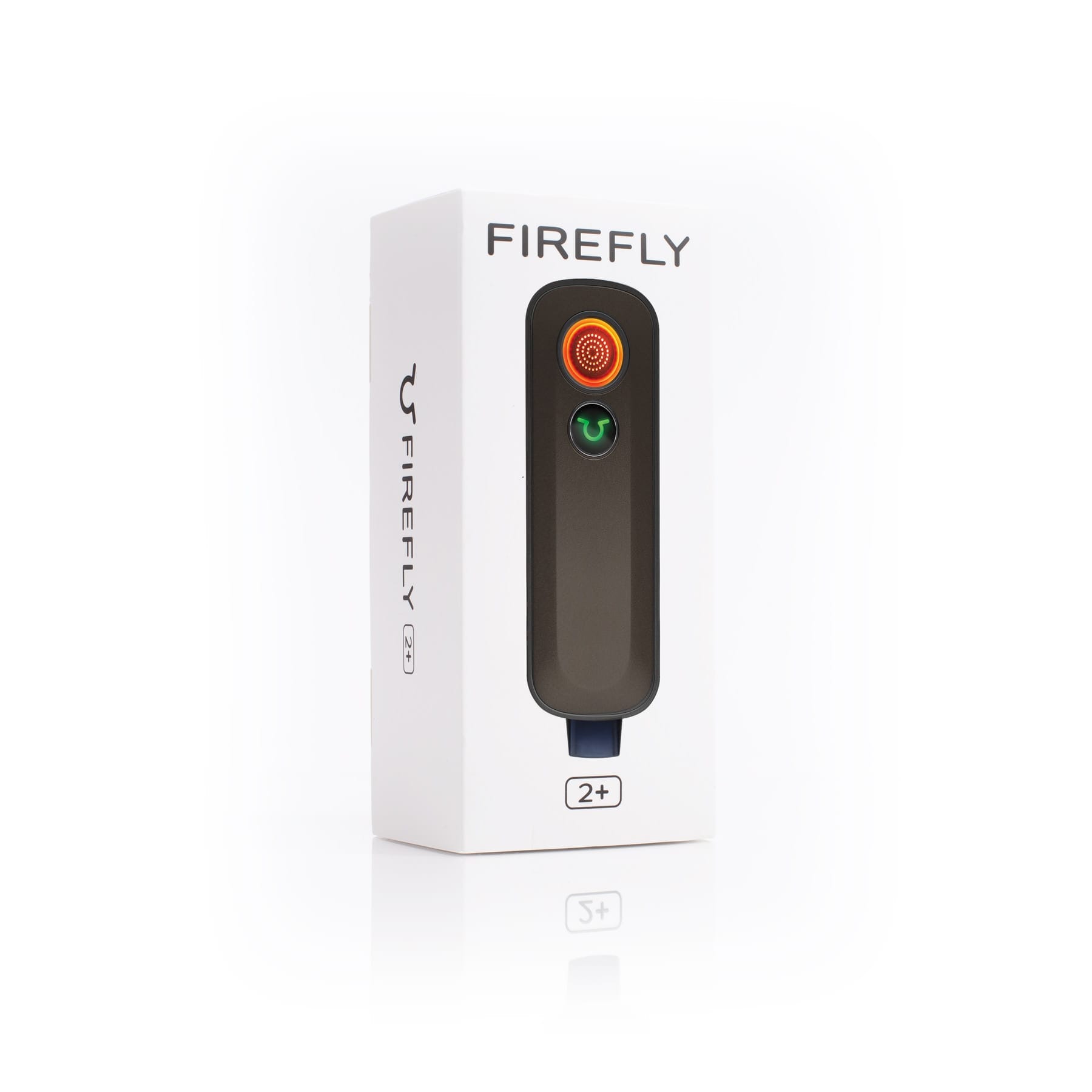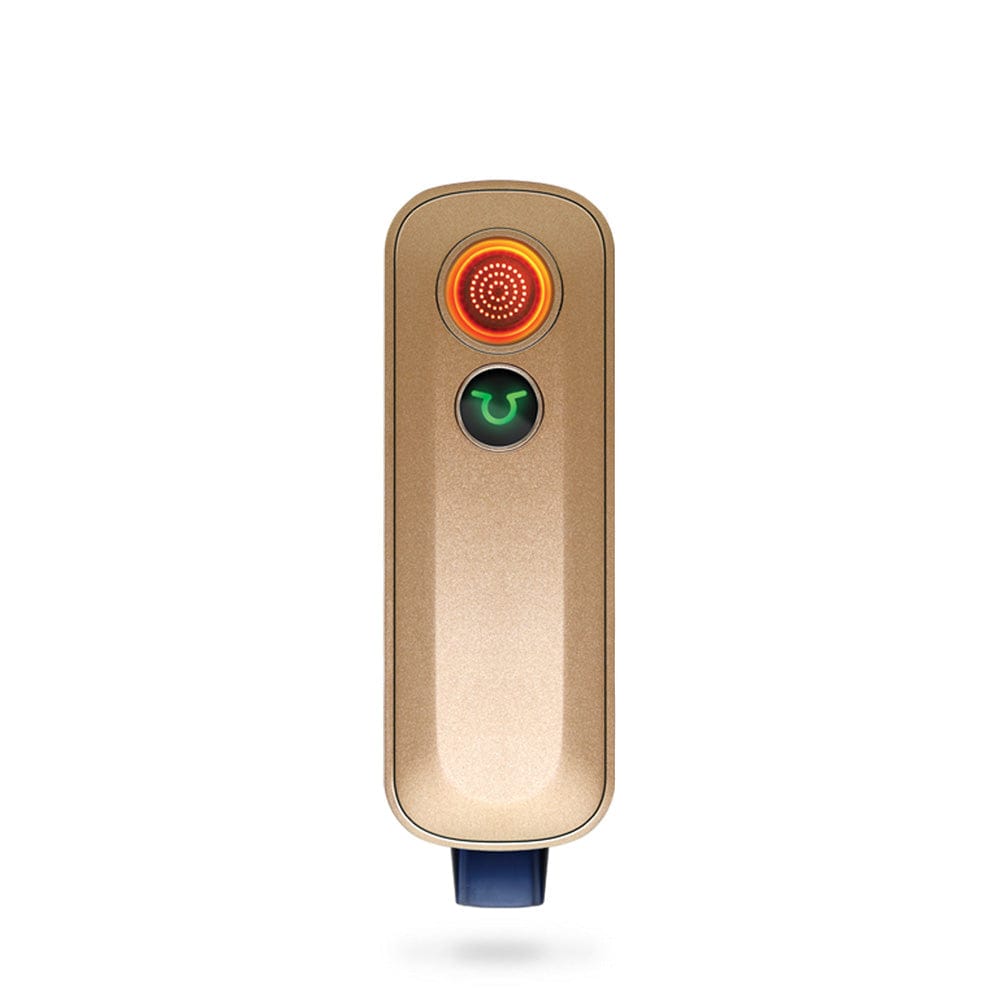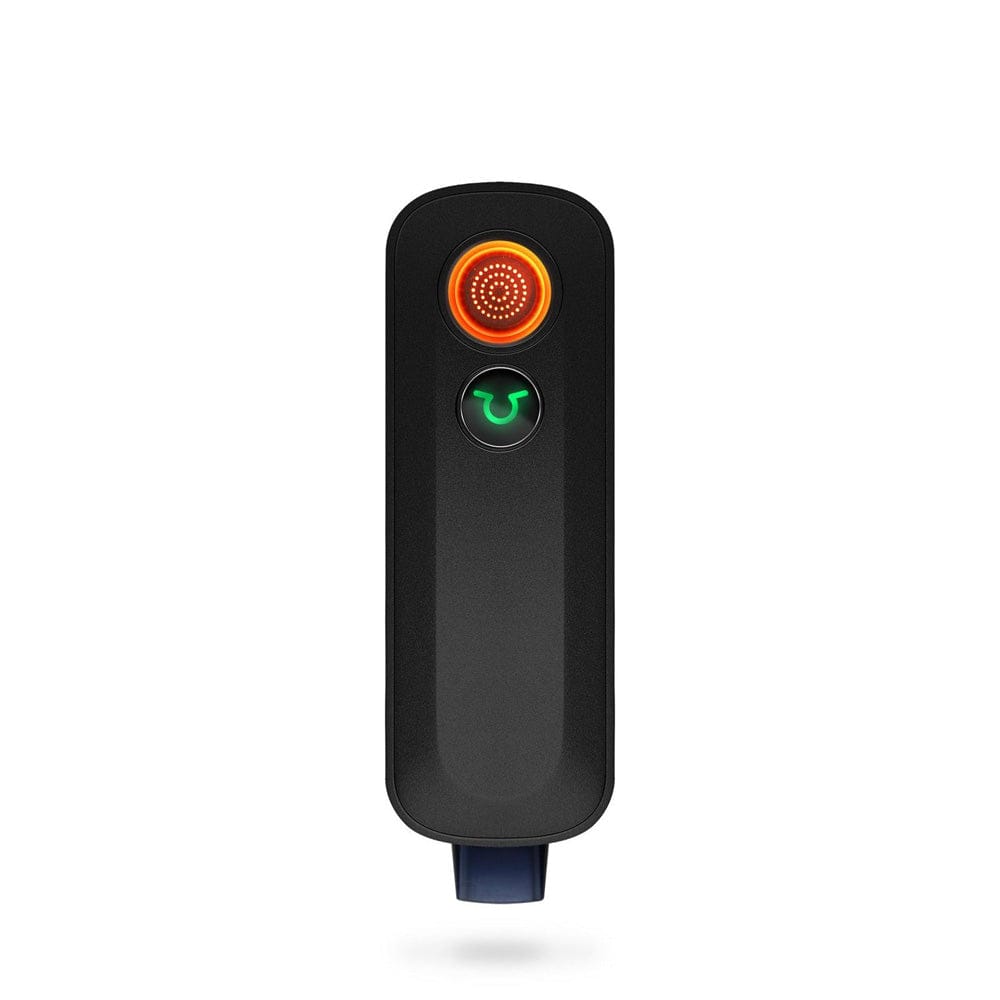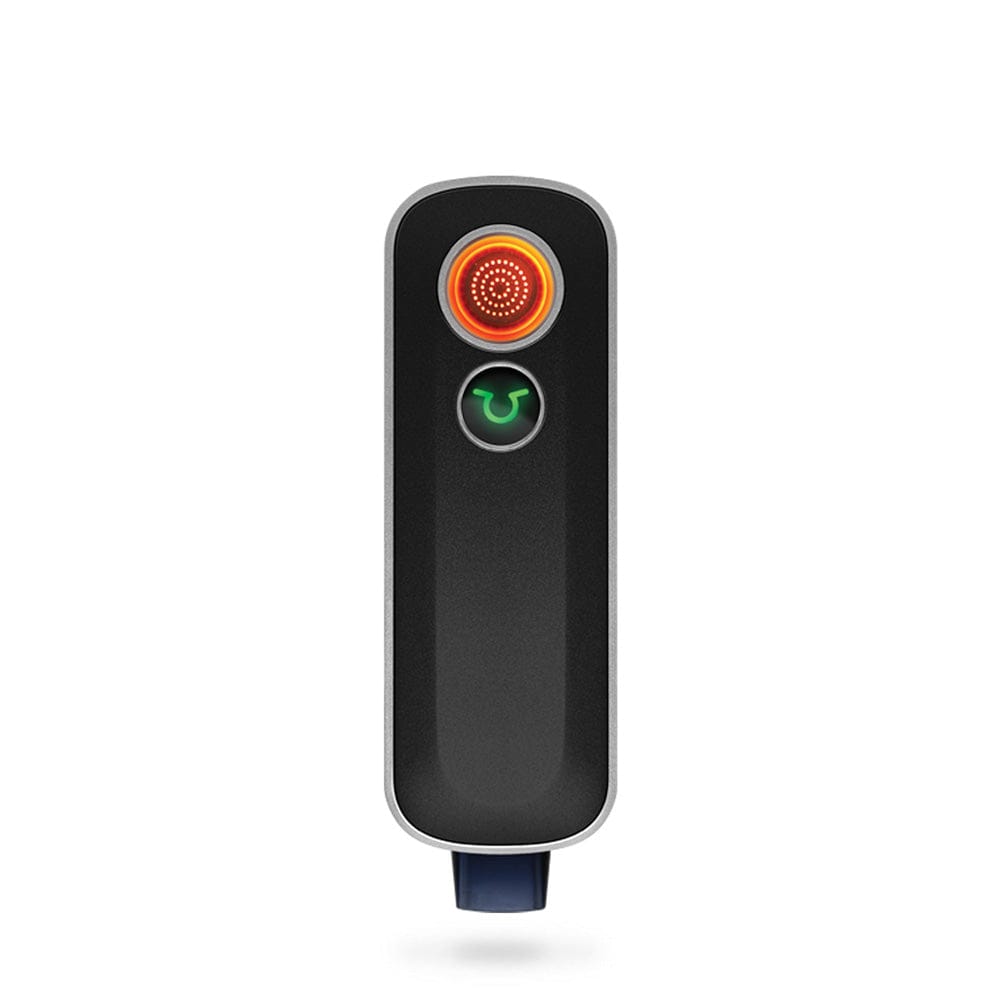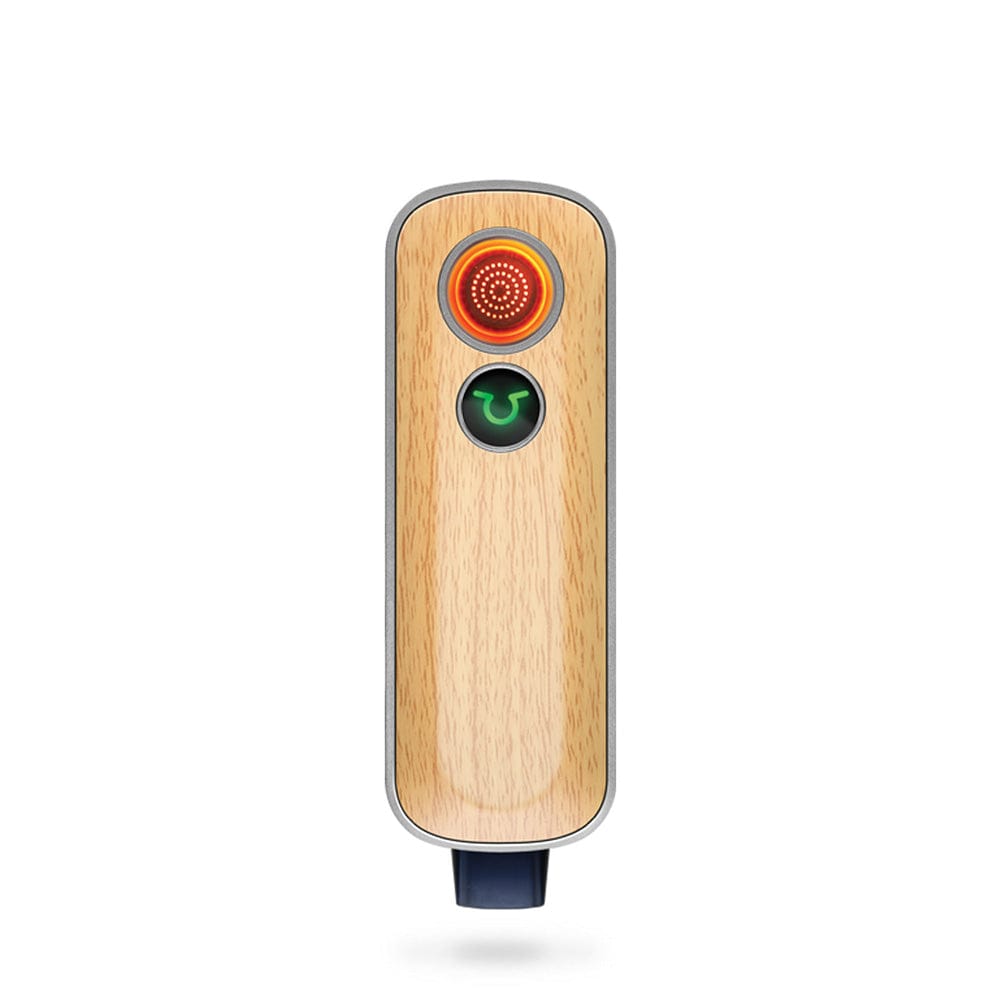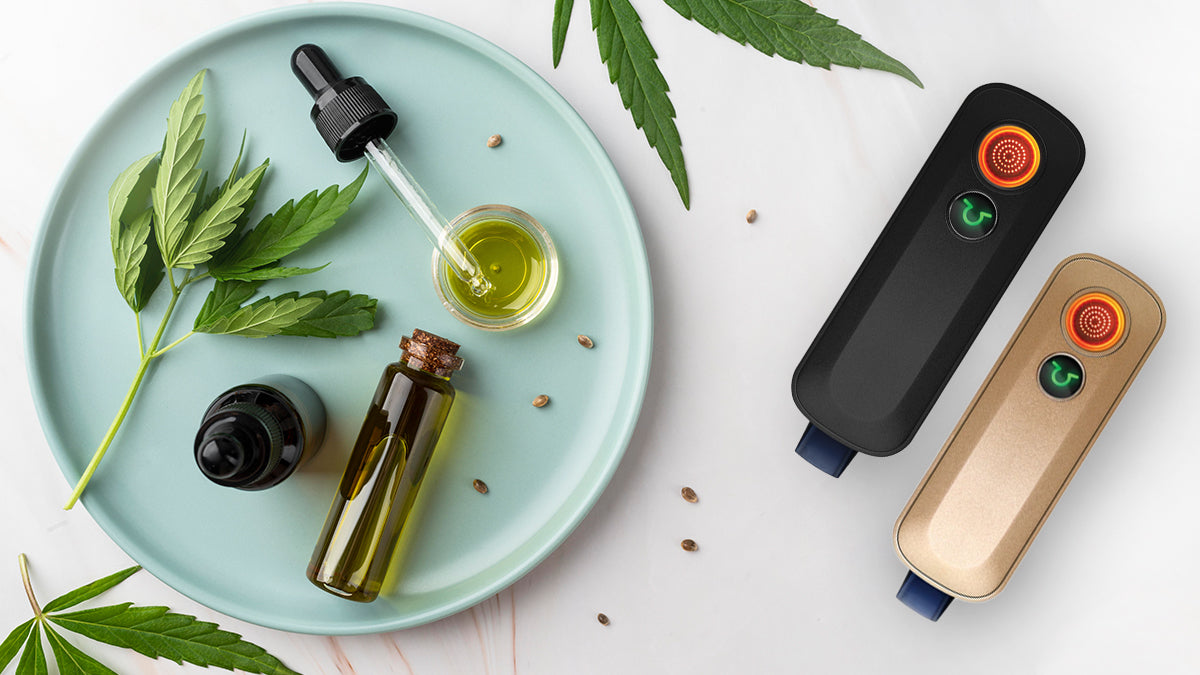
One of the biggest advantages of vaping is that you can enjoy it anywhere. Whether you're out on a walk or spending time with friends and family, there's no need to relegate yourself to your home or car just because you're vaping.
However, many people are concerned that vaping indoors is a bad idea, and actually end up restricting their use simply because they tend to be social in nature. But how does it affect indoor air quality? And is vaping allowed indoors? Here’s everything you need to know.
Is Vaping Allowed Indoors?
Most countries leave it open for families and establishments to decide the answer to the question: Is vaping allowed indoors? As such, it is a good idea to check before you take a puff- it’s just the right thing to do.

Want to Vape Indoors? Here’s What Science Says
In an article (with a rather lengthy title which we won’t force you to endure) published by The Public Library of Science, study results now show that vaping indoors causes little to no pollution in the home.
The study, which analyzed hundreds of homes and factored in a variety of variables, concluded that contrary to popular opinion, vaping indoors does not cause any pollution or affect indoor air quality.
Should we rest with just one study? Certainly not!
There are several studies done that all indicate the same result: indoor vaping is not bad for the indoor environment, and there is no evidence to say that it is. If you still have a couple niggling concerns, you could find out more about how to vape safely with the best equipment, and decide which equipment (conduction or convection vaporizer, that is the question!) works for you.

And if you want a quantifiable number, exposure to nicotine via a vape is 169 x lower than regular old cigarettes. The study goes on to say that there is no evidence to support the notion that people are exposed to ‘secondhand smoke’ from vapes- whether indoors or outdoors.
What Does a Vape Do to the Air Inside Your Home?
Vapes do not emit secondhand smoke like regular cigarettes or combustibles do, and can therefore typically be used in bars, restaurants, and other indoor public places. While vapes containing nicotine still release nicotine, it is at a far lower level than a typical cigarette (and some vapes have no nicotine).
Other substances found in the vapor from vapes include:
- Benzene
- formaldehyde
- Isoprene
- N-Nitrosonornicotine
- Toluene
- propylene glycol
The Food and Drug Administration (FDA) has approved propylene glycol in some products but it should be noted it has not approved the vaporized form of propylene glycol.
While these compounds are released via the vapor and can build up on surfaces, they cannot enter other people's bodies or harm them (according to the previously mentioned study).
How Long Does it Take for Vapor Particles to Disappear from the Air?
Even though the vapor particles from e-cigarettes evaporate within seconds, how long do they hang around in the air?
It might be uncomfortable to inhale vapor particles in an enclosed space, but there is 'probably no danger' to your health, according to a study published in 2018 by public health officials, which compared the effects of vaping and cigarette smoking in indoor air.
The study reported that particles released from the vapor are gone (poof, evaporated into the air) within literal seconds. What’s more, the particles are gone long before a person would have had time to inhale and exhale.
In contrast, for cigarettes, the particle concentration in the room might not return to background levels for about 45 minutes because of the time it takes for nicotine and other chemicals to break down.
Will Vaping Inside Stain Walls?
If you're a fan of vaping, you may have found yourself wondering whether your habit could damage your home the way smoking can. Luckily, staining is the only major effect that vaping inside can have on walls and shelves.
Vaping indoors does not stain walls as dramatically as smoking, but the residue can still build up over time. You could ensure windows are kept open or simply vape close to ventilation if you are concerned with stains. If you want to stay on your couch while enjoying your vape, don't worry! The residue will only begin to show after a prolonged period of time and is easily cleaned off using a wet cloth.

Does vaping inside leave a lingering smell?
Vaping is much less noticeable than the smell of traditional cigarettes! However, the slight smell can be reduced if you ensure your home has good ventilation.
The vapor that is produced by an e-cigarette is almost completely composed of water. This means that it will not stick to surfaces or permeate the air in the same way that cigarette smoke does. While a vape can smell slightly sweet, you should be able to eliminate any unwanted odors with a little bit of effort.
Air moves in one direction: from high pressure to low pressure. In this case, it makes sense that the air (and potential particles) will travel straight out of your house, into the atmosphere. This means that if you have good ventilation throughout your home, any lingering smells should be quickly removed by fresh outdoor air.
Vaping indoors doesn't produce any smoke, so there is no tell-tale layer of tobacco smoke that clings to fabrics and furniture. However, some people are more sensitive than others to the odor produced by e-cigarettes and some flavors can be stronger than others. This means that if you vape inside your house, you may notice a slight odor for a couple of hours afterward but could be reduced or eliminated by ensuring good ventilation throughout your home.
The Bottom Line: Vaping Inside and the Possible Effects
Vaping indoors, are you allowed to vape indoors? Of course, you can decide for yourself whether you want to vape inside your home. Although some people enjoy vaping inside, especially for people who don’t mind a little extra cleaning now and then, to ensure your walls aren’t gathering residue.
In the end, it's up to you whether you want to vape inside or outside. The experts recommend that you vape outside, but sometimes the weather (or your lifestyle) precludes this.

There are many media outlets that bash vaping in general, nevermind doing it indoors, but there the studies actually show there is no evidence to back up these claims. The opposite seems to be true, the studies show the vape particles are minuscule and will not cause harm to others.
So, we say: first check the establishment (if you are not at home) and ask: is vaping allowed indoors? Before you just assume, as some establishments don't allow it. There are many that do, however, but be courteous- and don't exhale straight into other people's faces or food. While the vapor disappears in seconds, that is not the point- just be mindful of those around you.

